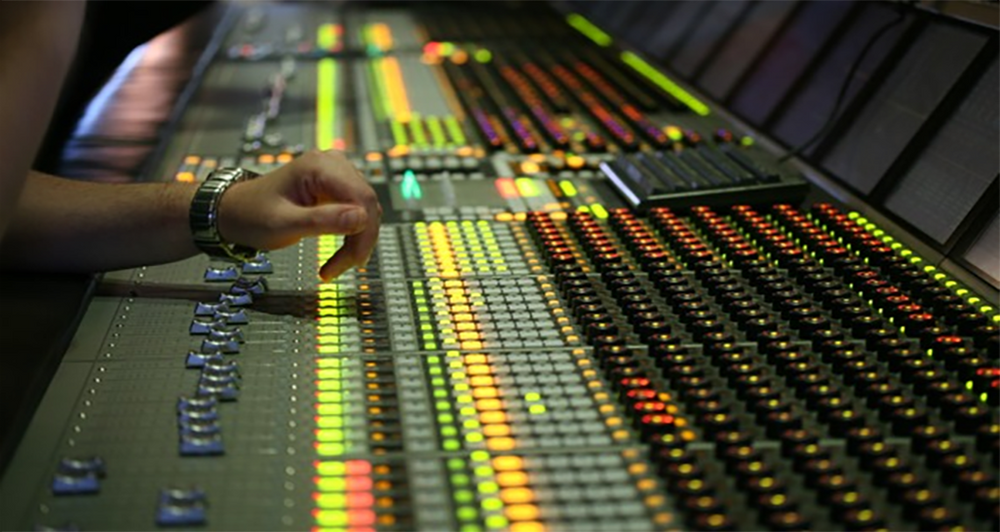Sound design isn’t just about adding background noise or effects; it’s about creating a purposeful, immersive experience that complements and enhances a project. Whether in film, video games, advertising, or live events, sound design can make or break the way an audience connects with what they’re seeing. So, what does it really mean to aim for great sound design, and how can it elevate a creative project?
Understanding the Role of Sound Design
Sound design isn’t limited to the obvious sounds in a scene. It includes subtle background noise, layered effects, ambient tones, and often even silence—all carefully chosen and crafted to evoke specific emotions and reactions. In films, for instance, the sound of footsteps, distant traffic, or birds chirping can create a powerful sense of setting. In video games, sound design can bring a digital world to life, making each action, character, and location feel unique.
The Key Elements of Effective Sound Design
Creating impactful sound design requires a deep understanding of the elements that make sound memorable and effective. Some essential components include:
- Ambience: Setting the tone with background sounds, such as rain, distant chatter, or wind, which gives the environment a sense of realism and depth.
- Texture and Layers: Sound designers often layer multiple sounds to add texture. For instance, the sound of a roaring fire may be a blend of crackling wood, rushing air, and soft hissing.
- Dynamics and Contrast: The ebb and flow of sound keeps listeners engaged, allowing them to feel moments of quietness and intensity as the project demands.
- Transitions: Smooth transitions from one sound to another help create a seamless experience, guiding the listener’s attention naturally.
Matching Sound with Emotion
Great sound design doesn’t just enhance visuals; it taps into the listener’s emotions. By pairing specific sounds with scenes, sound designers can make moments feel more tense, joyful, eerie, or even nostalgic. In horror films, for example, sound is used to build suspense with eerie drones or subtle creaks before a loud, sudden sound triggers a jump scare. In contrast, a romantic scene may use soft, ambient music and gentle, natural sounds to create warmth and intimacy.
Techniques for Crafting Quality Sound Design
Professional sound designers use several advanced techniques to ensure that their audio meets the highest standards. Some key practices include:
- Foley Art: Creating sound effects by recording real-life sounds, such as footsteps or object movements, to add realism.
- Field Recording: Capturing natural or environmental sounds in real locations to use in a project, providing unique, high-quality audio that feels authentic.
- Synthesized Sounds: Using synthesizers and software to craft unique sounds that can’t be easily recorded in the real world, perfect for sci-fi or fantasy settings.
- 3D Sound and Binaural Recording: Creating a sense of spatial audio, where listeners can experience sound directionality, adds depth and immersion, especially useful in VR and gaming.
The Tools and Technology of Sound Design
Today, sound designers have a vast array of tools at their disposal, from digital audio workstations (DAWs) like Pro Tools and Logic Pro to specialized software for creating, mixing, and mastering sounds. These tools allow designers to experiment, layer, and manipulate sounds in endless ways. Additionally, high-quality microphones, audio interfaces, and editing software are essential for recording and refining sounds with precision.
Why Good Sound Design Matters
Good sound design doesn’t just support a project—it transforms it. When done right, it becomes an integral part of the storytelling, making scenes more memorable and helping audiences connect on a deeper level. Think of iconic sound moments in movies, like the Star Wars lightsaber hum or the Jurassic Park T-Rex roar. These sounds aren’t just effects; they’ve become cultural touchstones, all thanks to the power of sound design.
Whether you’re a filmmaker, game developer, or content creator, investing in sound design can elevate your work from good to unforgettable. With attention to detail, creativity, and the right tools, aiming for great sound design means creating a lasting impact—one that resonates with audiences long after the project ends.

